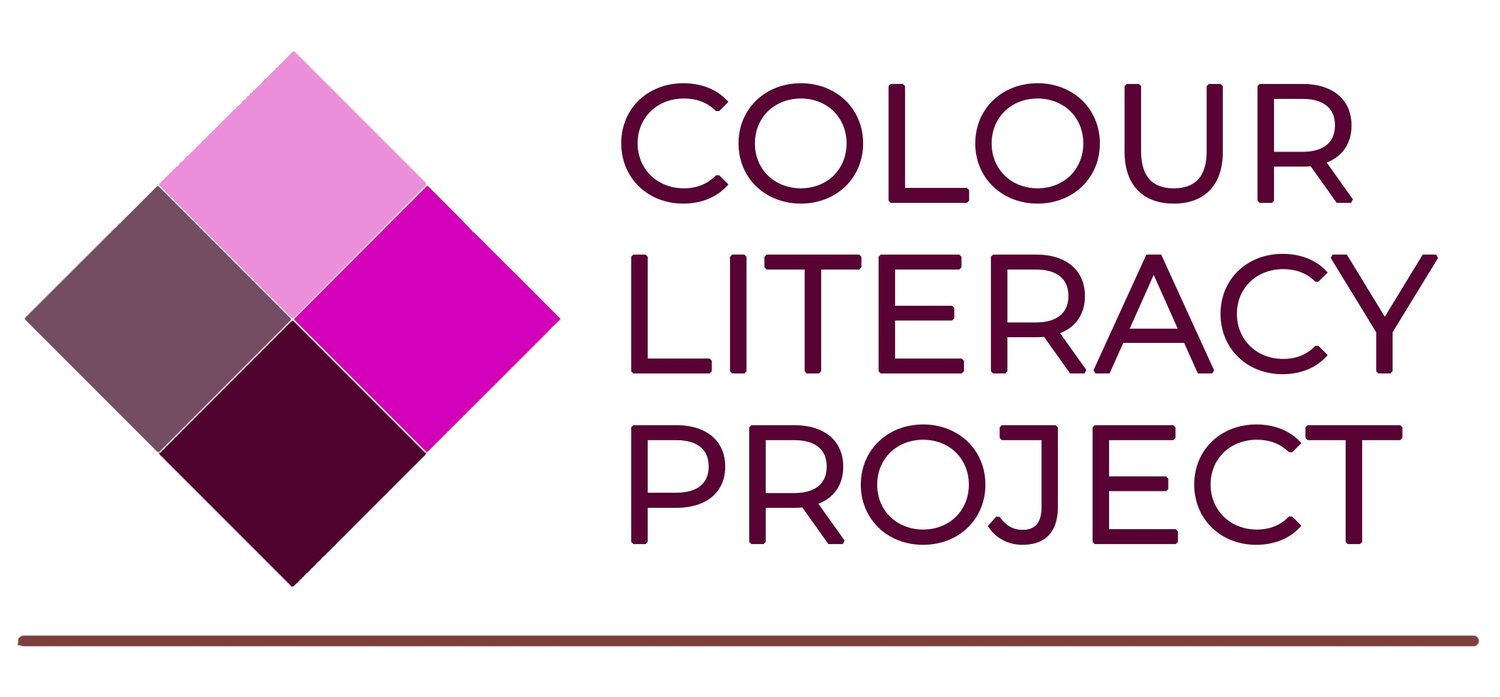Common misconceptions about colour
Colour is a beautiful and complex topic. Our knowledge about colour is constantly evolving. Unfortunately, possibly due to a lack of awareness of current colour research, or an over-simplified view of colour, several common misconceptions about colour exist. Understanding Colour Foundations helps us dispel many of these common misconceptions about colour.
The misconceptions are ordered according to the Colour Literacy Cornerstones: Experiencing, Perceiving, Describing and Working with Colours.
Misconceptions related to Experiencing Colours
colours have universal symbolic meanings
Colours are often thought to have universal symbolic meanings, however colour symbolism and meaning is complex, and often stems from cultural uses and meanings of coloured objects throughout history.
Misconceptions related to Perceiving Colours
PEOPLE WHO ARE COLOUR BLIND SEE THE WORLD IN BLACK AND WHITE
The vast majority of people who are so-called ‘colour blind’ can see colours! They just see a more limited range of colours, compared to people with full colour vision.
Magenta is not a ‘real’ colour
Some people think magenta is a colour that is ‘made up’ by our brains because it is not part of the spectrum. Not true! Magenta is as real as any other colour we see.
Light rays (or their wavelengths) are coloured
Although it looks like rays of light (and all things in the world) are coloured, colour is what we perceive when light rays enter our eye.
Yellow objects reflect only yellow wavelengths to our eyes
Not true! Light beams which contain a distribution of all wavelengths are reflected to our eyes by yellow coloured objects (or any other colour) - but the amount of light reflected across the spectrum varies.
Misconceptions related to Describing Colours
colour and HuE mean the Same thing
Many people use the term colour and hue interchangeably, but they do not mean the same thing. The rectangle above has one hue, but many colours.
Black and white and grey are not colours
These achromatic colours lack two colour attributes, but they are indeed colours!
The spectrum is divided into only 7 colours
The acronym ROYGBIV is so well known, many people think here are just seven colours in the spectrum. Not true! We can perceive many more colours in the spectrum.
The Rainbow (or spectrum) contains all the colours we can see.
Sometimes you may hear that the rainbow contains all the colours you can see - but this is not true! Look closely at the rainbow or spectum. What colours are missing?
Misconceptions related to Working with Colours
all colours can be mixed from A ‘PRIMARY’ SET OF THREE
Not true! It is physically impossible to mix all colours from a limited set of three - in any medium, or via any mixing process - even if you add in black and white, or use cyan, magenta and yellow. (And we can mix paints, but we can’t mix colours…)
there are SIMPLE rules THAT Guarantee COLOUR harmony
Colour harmony is a highly complex subject! Today’s ‘rules’ on how to establish harmonious combinations stem from culturally entwined historical studies. Harmony is individual and subjective, and there are no universal rules.
green paints made by mixing ‘contain’ yellow and blue
Have you ever heard that the colour green ‘contains’ yellow and blue? This is not the case! We need to understand that colours and coloured media are not the same thing.

























